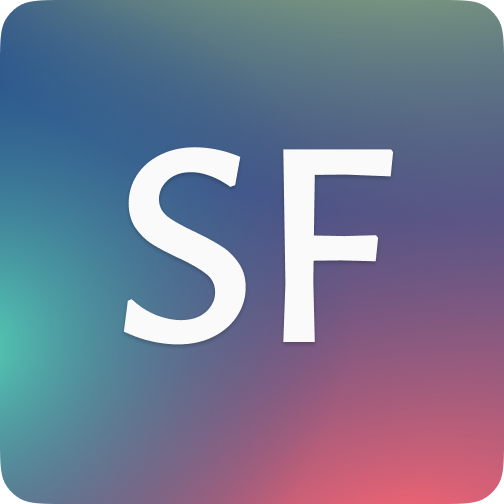Unlocking personalized world creation in minutes at OVA
Company Overview
OVA is a software company that developed StellarX, a no-code immersive simulation creation platform, enabling real-time multi-user collaboration across desktop, PC VR, and standalone headsets
When I joined OVA, StellarX was only available for download on SteamVR. This created a significant adoption challenge because only people with a gaming PC tethered to a VR headset could use the app.
At the time Oculus Quest was already fairly affordable, used by a lot of people, and offered a standalone experience with decent performance. Porting the app over to Oculus Quest was then critical to unlocking the growth of StellarX.
The team worked with Meta to create a Quest-compliant version of StellarX and identified that
a better 3D asset importation experience might be important for the success of the app.
My Contributions
Led user research and distilled user pain points during the asset importation process
Led ideation and prototyping of key features to improve the asset importation experience
Led technical handoff to engineering
Understanding Users
Because of the adoption limitations, OVA’s own 3D artist team had been one of the main groups of users. They were using it to create training simulations for clients.
We leveraged the opportunity to work directly with them to learn more about their experience using the app - specifically around 3D asset importation.
We interviewed 3 artists and the same problem space came up:
Importing 3D assets required a lot of back and forth between desktop and VR
I created a user flow map to better visualize the bigger picture, and understand where and how importation challenges fit in their overarching workflow.
Conducting follow-up interviews also helped us dig deeper to understand why. Here are some of the key takeaways:
On desktop (pre-importation & importation)
Users don’t know whether a 3D asset is imported successfully or not
Users don’t know if a 3D asset will look ok in VR
In VR (retrieval & post Retrieval)
No quick indication of whether a recent import was successful or not
Many steps are required to find the imported asset
Critical asset properties such as collider type can’t be edited
Bottom line: If anything goes wrong or needs even a small adjustment, assets have to be edited using separate software on desktop and reimported to be reviewed in VR.
Because 3D artists work with a lot of assets to create custom simulations, any friction would slow them down a lot.
Ideating & Prototyping
As part of early ideation, we consulted engineers to factor in tech and resource constraints. Together, we decided to focus on VR challenges as it would significantly improve the experience for a moderate effort.
With clarity on tradeoffs and the surface we could modify, we brainstormed ideas for all VR challenges listed above and defined the following goals:
Implement a panel in VR to display system messages, and a notification badge on the import folder icon
Increase import folder discoverability in VR by adding an entry point in the main menu top level
Add collider options editing to the existing asset property panel in VR
I started sketching ideas with the team.
Shortly after, I started prototyping in Unity to understand the scale and testing interactions:
System Message Panel
Import Folder Entry Point on Main Menu
Adding Collider Options
I moved on to a different company before the development was completed.
Impact
StellarX was launched on the Meta Quest Store in April 2023.
I was excited to see some of my work come to life and the warm welcome received by users.
Link to the app on Quest store: here
Designs for 3D asset importation implemented:
System message panel
Collider options
Other designs implemented:
Log in UI transitions
Log in 3D environment & Particle Effect











